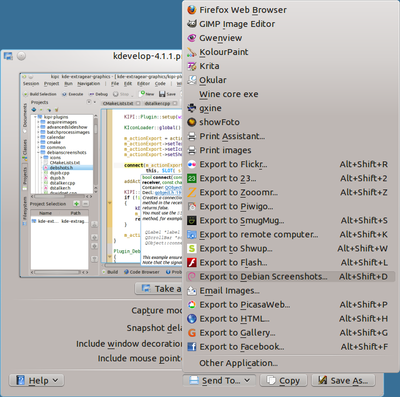Red Hat‘s Matthew Garrett let the cat out of the bag about a month ago: when UEFI Secure Boot is adopted by mainboard manufacturers to satisfy Microsoft Windows 8 requirements, it may very well be the case that Linux and others (BSD, Haiku, Minix, OS/2, etc) will no longer boot.
Matthew has written about it extensively and seems to know very well what the issues are (part I, part II), the details about signing binaries and why Linux does not support Secure Boot yet.
The Free Software Foundation has also released a statement and started a campaign, which is, as usually, anti-Microsoft instead of pro-solutions.
Now let me express my opinion on this matter: this is not Microsoft’s fault.
Facts
Let’s see what are the facts in this controversy:
- Secure Boot is here to stay. In my humble opinion, the idea is good and it will prevent and/or lessen malware effects, especially on Windows.
- Binaries need to be signed with a certificate from the binaries’ vendor (Microsoft, Apple, Red Hat, etc)
- The certificate that signs those binaries needs to be installed in the UEFI BIOS
- Everybody wants their certificate bundled with the UEFI BIOS so that their operating system works “out of the box”
- Given that there are many UEFI and mainboard manufacturers, getting your certificate included is not an easy task: it requires time, effort and money.
Problem
The problem stems from the fact that most Linux vendors do not have the power to get their certificates in UEFI BIOS. Red Hat and Suse will for sure get their certificates bundled in server UEFI BIOS. Debian and Ubuntu? Maybe. NetBSD, OpenIndiana, Slackware, etc? No way.
This is, in my humble opinion, a serious defect in the standard. A huge omission. Apparently while developing the Secure Boot specification everybody was busy talking about signed binaries, yet nobody thought for a second how the certificates will get into the UEFI BIOS.
What should have been done
The UEFI secure boot standard should have defined an organization (a “Secure Boot Certification Authority”) that would issue and/or receive certificates from organizations/companies (Red Hat, Oracle, Ubuntu, Microsoft, Apple, etc) that want their binaries signed.
This SBCA would also be in charge of verifying the background of those organizations.
There is actually no need for a new organization: just use an existing one, such as Verisign, that carries on with this task for Microsoft for kernel-level binaries (AuthentiCode).
Given that there is no Secure Boot Certification Authority, Microsoft asked BIOS (UEFI) developers and manufacturers to include their certificates, which looks 100% logical to me. The fact that Linux distributions do not have such power is unfortunate, but it is not Microsoft’s fault at all.
What can we do?
Given its strong ties with Intel, AMD and others, maybe the Linux Foundation could start a task force and a “Temporary Secure Boot Certification Authority” to deal with UEFI BIOS manufacturers and developers.
This task force and TSBCA would act as a proxy for minorities such as Linux, BSD, etc distributions.
I am convinced this is our best chance to get something done in a reasonable amount of time.
Complaining will not get us anything. Screaming at Microsoft will not get us anything. We need to propose solutions.
Wait! Non-Microsoft certificates? Why?
In addition to the missing Secure Boot Certification Authority, there is a second problem apparently nobody is talking about: what is the advantage mainboard manufacturers get from including non-Microsoft certificates?
For instance: why would Gigabyte (or any other mainboard manufacturer) include the certificate for, say, Haiku?
The benefit for Gigabyte would be negligible and if someone with ill-intentions gets Haiku’s certificate, that piece of malware will be installable on all Gigabyte’s mainboards.This would lead to manufacturer-targetted malware, which would be fatal to Gigabyte: “oh, want to be immune to the-grandchild-of-Stuxnet? Buy (a computer with) an MSI mainboard, which does not include Haiku’s certificate”
Given that 99% of desktops and laptops only run Windows, the result of this (yet unresolved) problem would be that manufacturers will only install Microsoft certificates, therefore they would be immune to malware signed with a Slackware certificate in the wild.
If we are lucky, mainboard manufacturers will give us an utility to install more certificates under your own risk.
The solution to the first problem looks easy to me. The solution to the second looks much more worrying to me.





